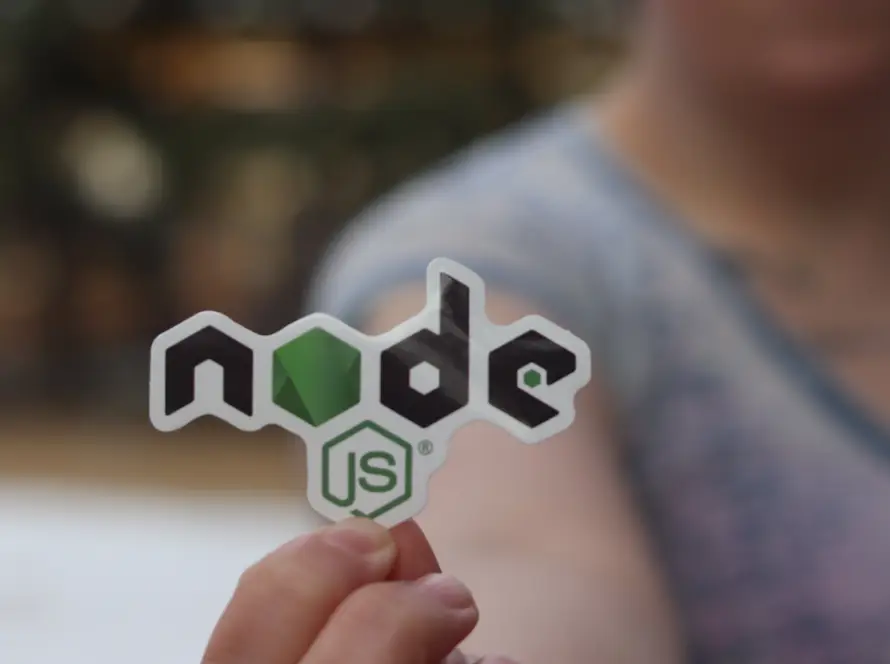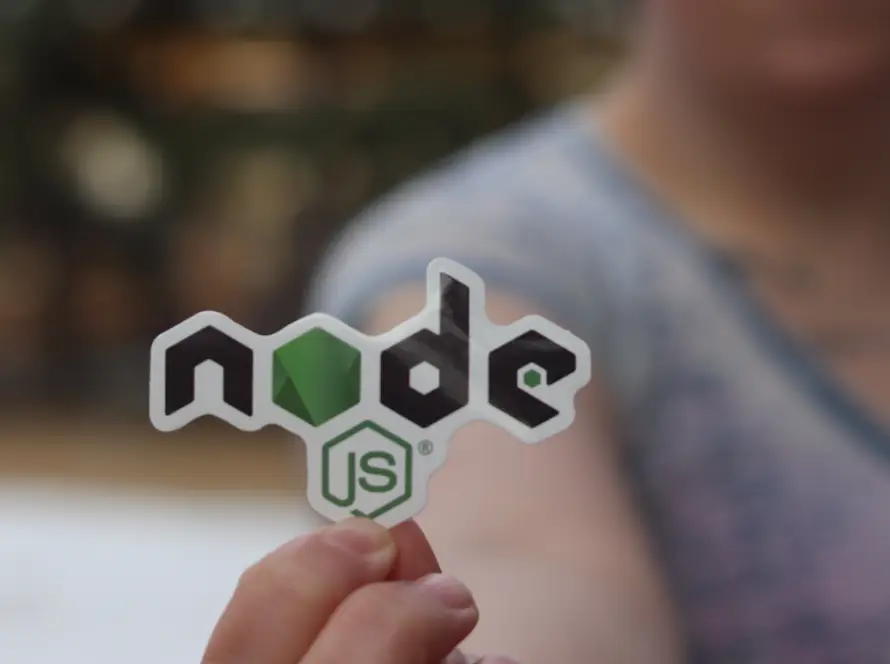Generated by Contentify AI
- Introduction to Building a Chat Application
- Setting Up the Environment
- Creating the Server with Node.js
- Implementing Real-Time Communication with Socket.io
- Enabling User Authentication and Privacy
- Conclusion and Next Steps

Introduction to Building a Chat Application
When it comes to developing a chat application, Node.js and Socket.io are a powerful combination. Building a Chat Application with Node.js and Socket.io allows for real-time, bi-directional communication between clients and the server. This enables the creation of interactive and dynamic chat experiences. In this article, we will explore the process of setting up the environment, creating the server, implementing real-time communication, and enabling user authentication and privacy. By the end, you’ll have the foundation to create your own chat application with Node.js and Socket.io.
Setting Up the Environment
To embark on the journey of building a chat application with Node.js and Socket.io, the first step is setting up the development environment. Begin by ensuring that Node.js is installed on your system. Node.js comes with npm, the package manager, which will be essential for adding Socket.io to the project. Once the environment is ready, you can proceed to create the server using Node.js and incorporate Socket.io to enable real-time communication. This foundational setup is crucial for the subsequent stages of implementing user authentication and privacy features.
Creating the Server with Node.js
To create the server for our chat application, we will harness the power of Node.js. Node.js provides a robust platform for building scalable network applications. With its event-driven architecture and non-blocking I/O, it is an ideal choice for real-time communication. By using the ‘http’ module, we can create an HTTP server to handle the communication between clients and the server. Additionally, we will leverage the ‘express’ framework to streamline the process of handling HTTP requests and serving static files. By incorporating these technologies, we can lay a solid foundation for implementing Socket.io to enable real-time bidirectional event-based communication.
Implementing Real-Time Communication with Socket.io
To enable real-time communication in our chat application, Socket.io proves to be an indispensable tool. By integrating Socket.io with our Node.js server, we can establish a seamless, bidirectional channel for transmitting data between the server and connected clients. This facilitates instant messaging, real-time updates, and interactive features within the chat application. Socket.io’s event-based communication model allows for efficient handling of messages, ensuring a responsive and dynamic user experience. Through the implementation of Socket.io, we empower our chat application with the capability to deliver engaging and interactive communication in real time.
Enabling User Authentication and Privacy
When it comes to user authentication and privacy in a chat application, security is paramount. With Node.js and Socket.io, we can implement robust user authentication mechanisms to verify user identities and ensure secure communication. This may involve integrating authentication protocols such as OAuth, JWT, or custom authentication methods. Additionally, implementing privacy features such as end-to-end encryption and user permission controls can safeguard sensitive information within the chat application. By prioritizing user authentication and privacy, we can build a chat application that fosters trust and security among its users, enhancing the overall user experience.
Conclusion and Next Steps
After implementing real-time communication and user authentication, the next steps involve optimizing the chat application for scalability and robustness. In this phase, it’s essential to conduct thorough testing to identify and resolve any potential bottlenecks or vulnerabilities. Additionally, incorporating features such as message persistence, notification systems, and user-friendly interfaces can enhance the overall user experience. Furthermore, considering deployment options and strategies, such as utilizing cloud services for scalability, can ensure that the chat application is ready for production. Lastly, continuously monitoring and updating the application to adapt to evolving security standards and user needs is crucial for its long-term success. By following these next steps, the chat application built with Node.js and Socket.io can deliver a seamless and secure communication platform for users.
Key Takeaways
- Node.js is a popular choice for building real-time web applications due to its event-driven architecture and non-blocking I/O
- Socket.io is a JavaScript library that enables real-time, bidirectional and event-based communication between web clients and servers
- Building a chat application with Node.js and Socket.io involves setting up a Node.js server, integrating Socket.io for real-time communication, and handling events for message broadcasting and receiving



